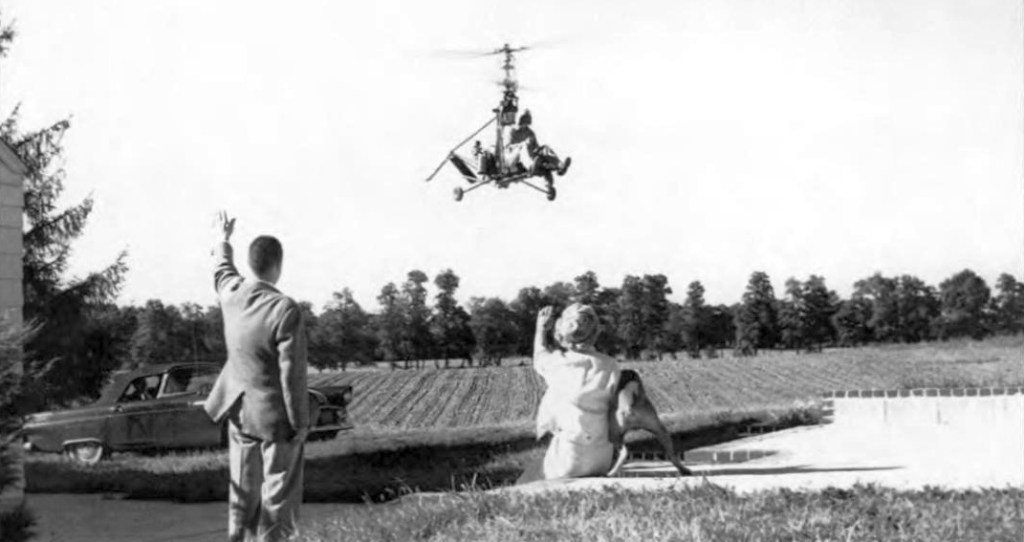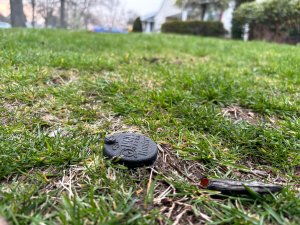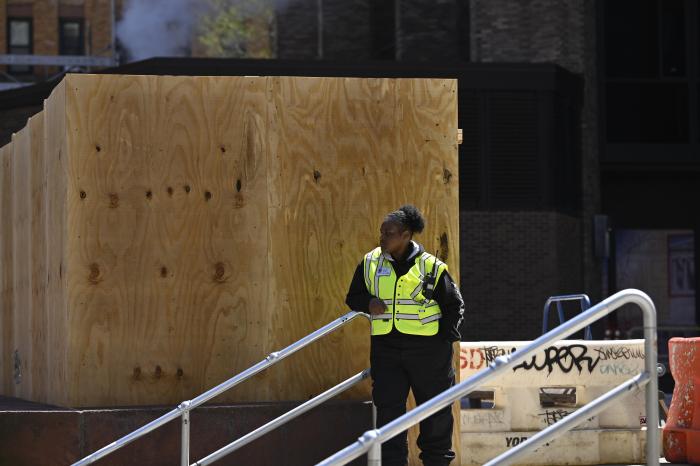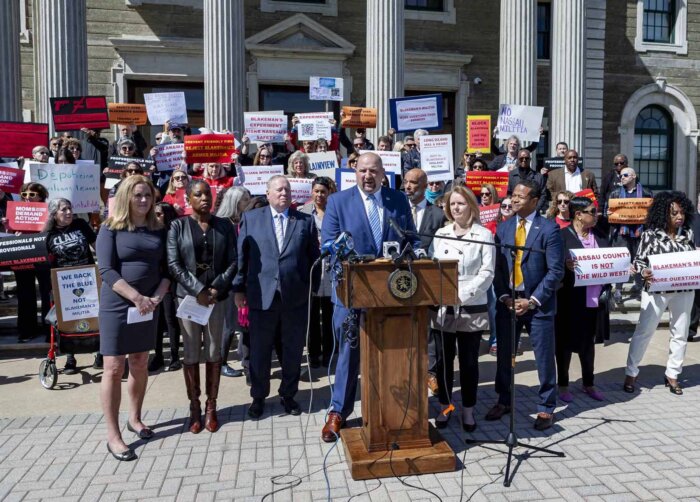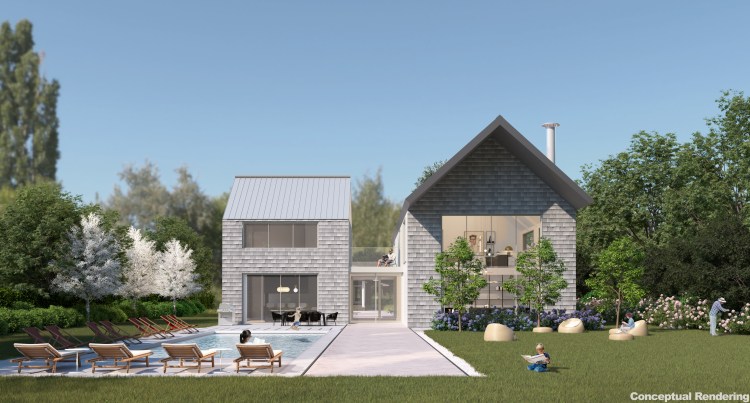In 1917, John Lewis Childs, a former New York politician with a green thumb and a head for business, began cultivating flowers, bulbs and seeds on 335 acres in St James. He called his property, reasonably, Flowerfield.
Carved out of undeveloped space on Smithtown’s eastern edge, this horticultural
outpost flourished at the intersection of the region’s historic east-west corridor, Route
25A, and its main local north-south connector, the winding horse-and- buggy path
known as Long Hill Road, now Stony Brook Road.
A century later, the crossroads – now cornering the largest light industry-zoned track
remaining in Smithtown – is at the center of a heated battle dividing neighbors over
economic development, responsibilities for infrastructure improvement and the proper
role of government planners.
Access to mass transit helped Flowerfield grow. The horticulture magnate exploited the
Long Island Railroad’s pre-existing right of way through his property, demanding – and
getting – his own station with a second-floor greenhouse included. The Flowerfield
depot stood until 1958, providing backyard shipping to Manhattan.
Childs died on a train to New York in 1921. Several years later his widow sold his beloved seed business to a rival. His realty holdings went in the Depression. A helicopter manufacturer in Massapequa known as the Gyrodyne Company of America acquired the tract in ’51.
Gyrodyne stopped manufacturing in the 1970s and became a Real Estate Investment Trust. It then converted a portion of the tract into a small-scale light-industrial park, preserving its open spaces while attracting a mix-and- match collection of local businesses. They included a popular catering hall, a successful delicatessen and, most incongruously, a string of art studios – the Ateliers at Flowerfields.
Even with these structures, Flowerfields could rent out as the set for a movie taking
place in the 1920s or ’30s. Its time-capsule seclusion, however, is on borrowed time.
On Aug. 2, the Suffolk County Planning Commission approved, on 48 hours’ notice, a
subdivision application that – if green-lighted by Smithtown – will transform
Flowerfield’s remaining 62 acres into a sprawling commercial park. Plans call for the
construction of a 150 room hotel, a 124,000-square- foot medical office and a 220-room assisted living facility. The project will likely stimulate developers’ appetites for
neighboring parcels, in the process transmogrifying one of Long Island’s last remaining
colonial-era communities.
Resistance, however, is growing. Government officials, civic leaders and community
activists seemed gobsmacked by the county planners’ August end run around them all.
The commishes not only effectively pressed the mute button on local homeowners and
their elected representatives, but decided, for reasons only they know, to waive the usual traffic studies and environmental assessments. As for dealing with the inevitable surge in traffic, the board suggested Stony Brook Road could carry it.
The planners apparently never even asked Gyrodyne the buyer’s name. The loudest civic opposition so far has come from the Brookhaven side, where residents stand to pay the cost in infrastructure maintenance while leaving economic benefits on Smithtown’s side of the table. Civic leaders in Brookhaven’s Three Village area are particularly galled.
The project’s most damning flaw, however, is housing – the absolute abject lack of it.
For a region crying for workforce housing, the idea of creating a major project without
building a single new home – incredibly, on a tract with LIRR tracks running through –
is incomprehensible.
On Nov. 15, the Smithtown Planning Board considers Gyrodyne’s subdivision
application. Brookhaven Town Supervisor Edward Romaine told me he’ll break with
custom and speak at the session. He’s also preparing a lawsuit.
I’ve spoken as well with some of my Three Village neighbors, most of whom wonder why the county planners moved so fast with so little discussion. They ask why traffic and environmental impact studies were omitted. Many want housing development and mass transit options a part of any construction.
In other words, they want a 21st century development.
Bucolic Flowerfield won’t be a time capsule forever. That doesn’t mean it has to become Long Island’s latest example of ill-conceived, ill-planned and unsustainable development.



